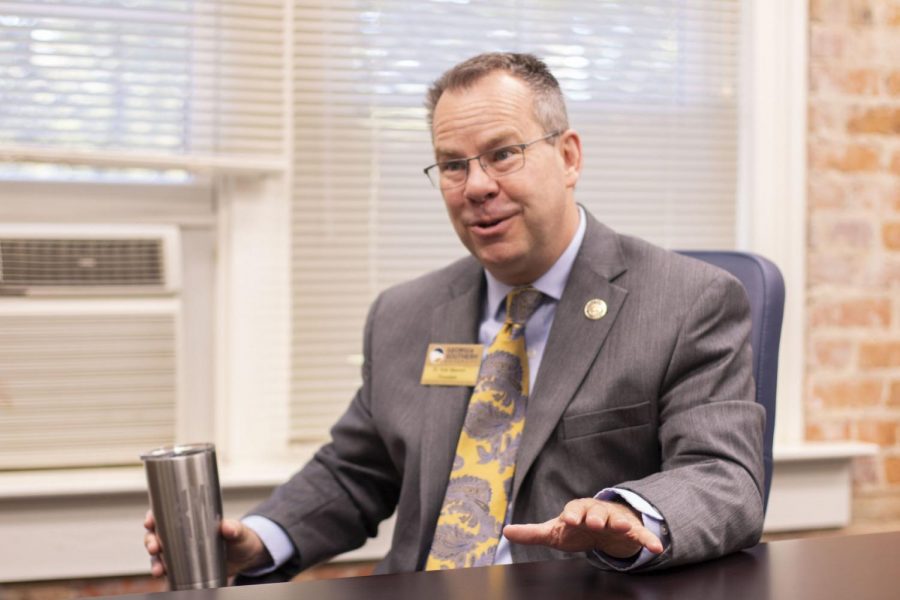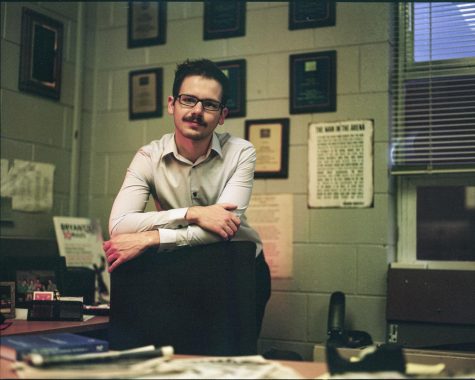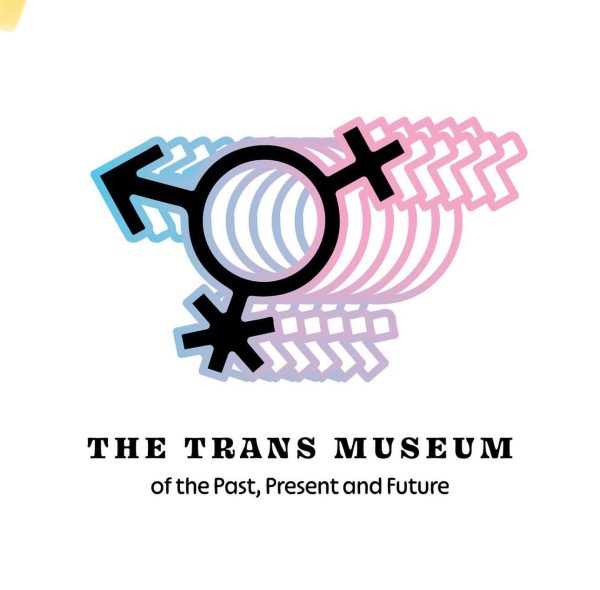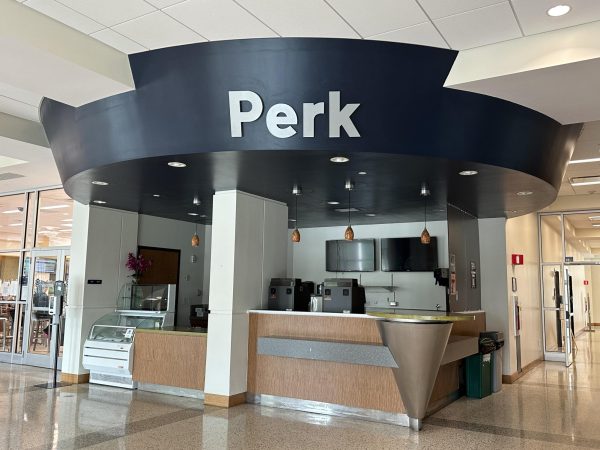Addition through Collaboration: Dr. Marrero on Cultural Differences Between Campuses
How Georgia Southern’s President balances campus culture with the Georgia Southern’s Identity
The George-Anne Inkwell, in partnership with the George-Anne, conducted the second monthly interview of the semester with Georgia Southern’s President, Dr. Kyle Marrero, on Monday, Oct. 11, covering a variety of topics about the university, its campuses and more.
During the interview, Dr. Marrero explained how he seeks to balance the identities of Georgia Southern’s different campuses, especially considering the long history of Armstrong State University before the 2018 consolidation with Georgia Southern.
“We’re people, we’re human beings and we have cultures and identities… those types of characteristics are what makes us strong, but it also makes it difficult when we’re asked to come together and to work together.”
Consolidation processes come with challenges, especially regarding faculty and staff changes, changes to the student experience as well as the previously mentioned changes in culture. Dr. Marrero believes that despite these challenges, Georgia Southern and the Armstrong Campus are mutually supportive and benefiting from each other.
“We have to communicate the value added, and I think that’s still part of our communication strategy. ‘Why is this better for Georgia Southern Statesboro and for Georgia Southern Savannah, for the Armstrong campus.”
President Marrero was able to point to several beneficial aspects of the merger that impact Armstrong students.
“I can list multiple academic programs that we’ve added and brought to Savannah, to the Gretsch gift that has a new home in downtown Savannah that has that connection right there to really help Savannah become more of a music city. I can talk about the investments in our faculty and staff and the salaries that went to the R2 Carnegie level that everyone benefited from.”
After mentioning these points, Dr. Marrero made an effort to explain that outside of the objective, quantifiable benefits and consequences of consolidation, he takes a more personal approach when handling the cultures of multiple campuses. He likened Georgia Southern to a family, with each family member, or campus, having its own personality and needing to be treated the right way, according to their personality.
“We have very unique, distinctive campuses, and even in Liberty too, very distinct populations we’re serving. So our job is to heighten those, to elevate that distinctiveness and uniqueness that makes them special.”
Highlighting these distinctions, Dr. Marrero made clear what he observes as unique about the Armstrong Campus and the Statesboro Campus.
“People come here (Statesboro) because they want the full traditional campus. Everything that they get in a small town where the university presence is as big as the town itself. People choose Armstrong because it’s just as beautiful as the Statesboro campus is, the Armstrong campus is an arboretum, the sense of being in an historic city, a kind of quasi feeling of a small liberal arts campus where people know you’re there.”
“It’s small enough to feel like you’re part of a special area and group… so our goal is not to wipe that off or to somehow change it; it’s to elevate it. Yet, we’re Georgia Southern… We still have our values of who we are, what we aspire to be, what we stand for.”
This philosophy of uniting these unique campuses and their personalities under one banner is key to Dr. Marrero’s mission as President of Georgia Southern.
“When we look at them as strengths together, we’re going to be the Georgia Southern that serves the entirety of the region.”
Dr. Marrero has previously spoken to the Inkwell on topics such as transparency, his artistic background, the Five Year Plan and students’ decisions regarding USG’s COVID-19 guidelines.

Eden Hodges is the Editor-in-Chief of The George-Anne. She is a junior majoring in Multimedia Journalism and has been with the George-Anne since spring...










